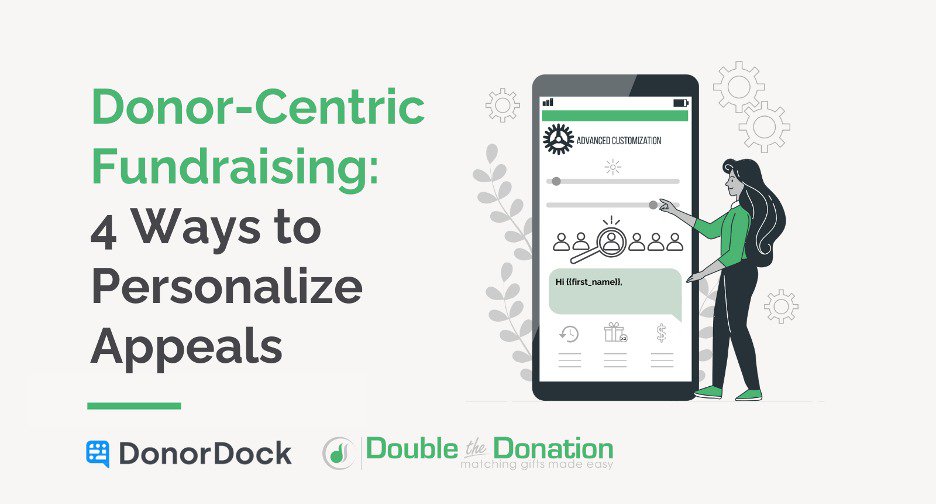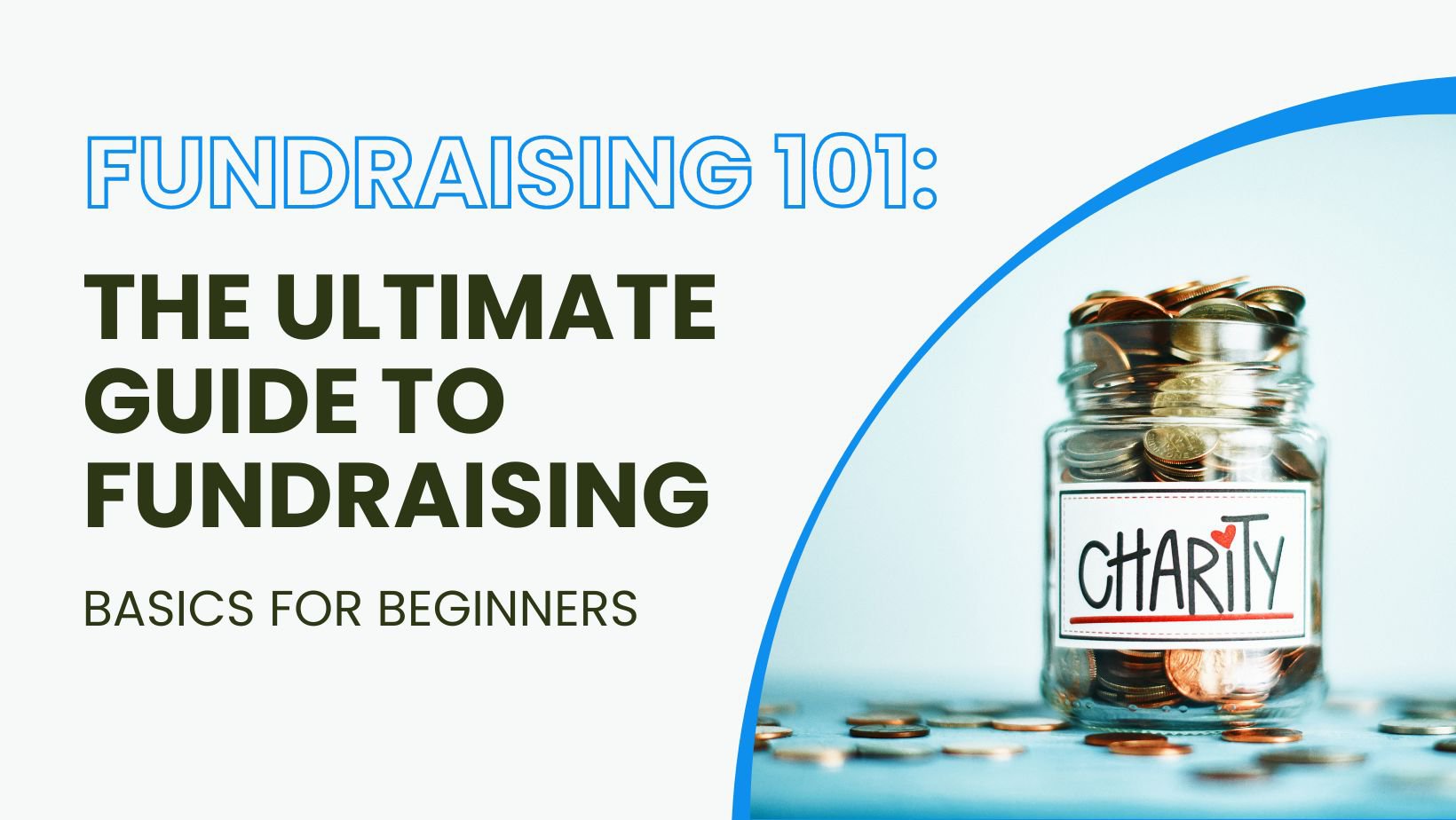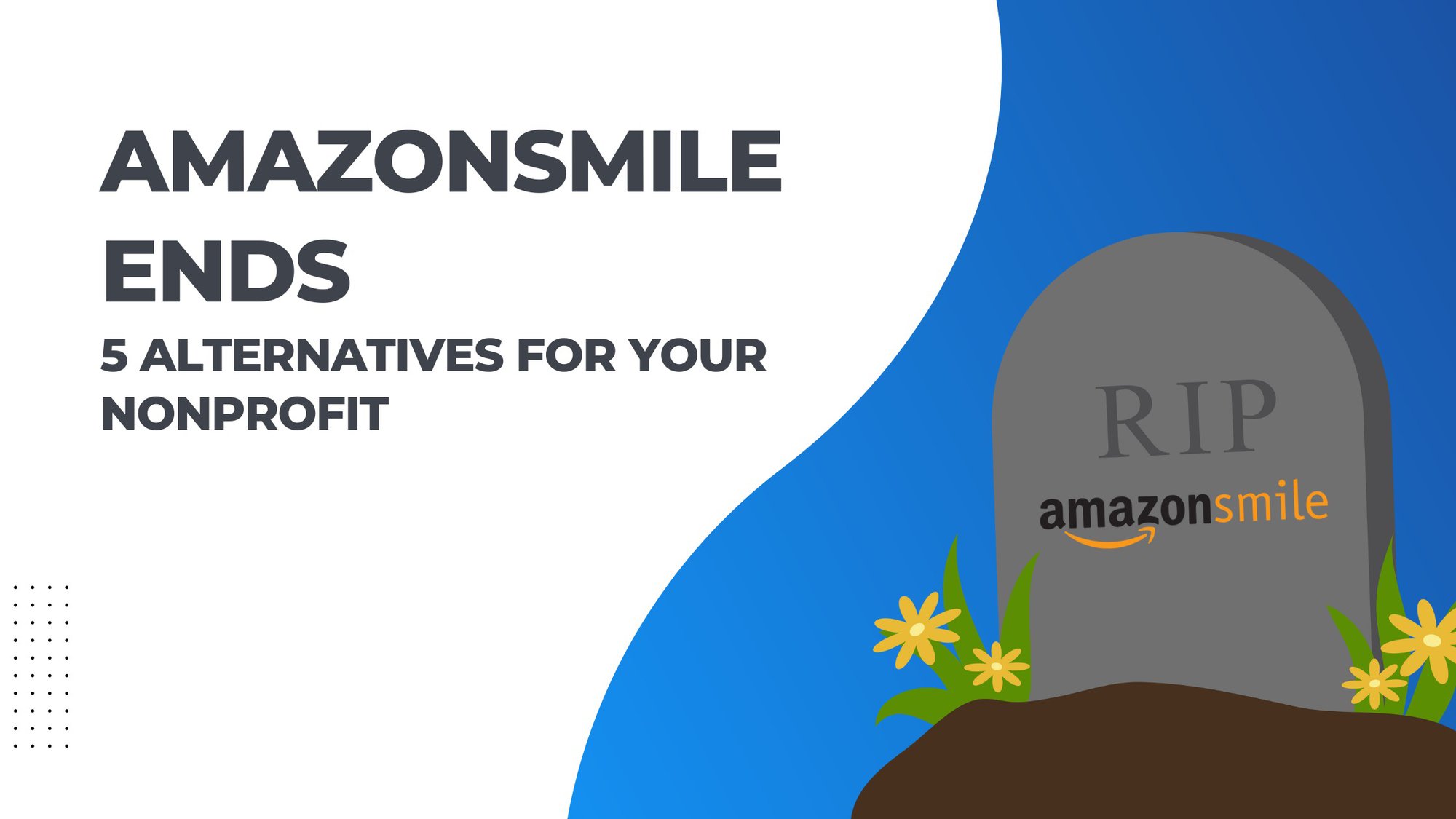Picture this: A donor receives two gift appeals from nonprofits they’ve supported in the past. The first is a generic, clearly mass-produced fundraising letter. The other is a meticulously customized ask, complete with the recipient’s name, giving history, employment information, and more. It's no surprise that the individual chooses to contribute to the latter. They feel they share a deeper, more personal connection to the cause.
This anecdote illustrates the profound impact of tailored fundraising appeals on an organization and its support network. When done well, personalization sets the stage for increased engagement, conversions, and retention alike. Ultimately, it enhances the donor lifecycle at every stage.
In this guide, we’ll walk you through four primary ways your team should be personalizing its donor-facing communications:
- Customize your subject lines to address donors by name.
- Acknowledge donors’ previous support.
- Tailor the recommended ask amount.
- Supply company-specific matching gift info.
In the realm of nonprofit fundraising, the power of a personalized appeal cannot be overstated. Crafting messaging that resonates with donors on an individual level is the key to increasing response rates and boosting the overall effectiveness of outreach efforts. Here’s how your team can do so!
1. Customize your subject lines to address donors by name.
Even the best-crafted donation appeal can only do so much when it’s left sitting in the recipient’s digital mailbox. Thus, your first objective should be to get your message opened in the first place.
According to fundraising statistics from Double the Donation, personalized fundraising emails see average open rates of more than 82% higher than generic emails. Why? As the first point of contact with potential donors, subject lines play a crucial role in an organization’s email appeals.
A captivating subject line can make all the difference between capturing the recipient's attention, and your email being lost in the inbox on “delivered.” This underscores the importance of investing time and effort into crafting subject lines that resonate with individual donors on a personal level.
One of the best ways to uplevel your subject lines is to incorporate the subject’s name. Rather than “Will you support our fundraising campaign?” we recommend “Johnny (or {{first name}}), will you support our fundraising campaign?” Using first-name familiarity deepens your connection with supporters and increases the likelihood that the donor’s eye will be drawn to your message. Not to mention, an ask made of the recipient by name tends to be significantly more compelling than a one-size-fits-all request.

Helpful tips for impactful fundraising appeal subject lines include:
- Keeping it short, sweet, and to the point. Email marketing experts recommend selecting fewer than 9 words and 60 characters to ensure it’s visible in its entirety.
- Incorporating urgency in campaign phrasing. When you let supporters know there’s a time limit on the giving opportunity, they’ll feel a heightened motivation to give in real time. (e.g., With less than 12 hours left in the campaign, we still have $X to go…)
- Communicating donation value through impact. The more tangibly you can position your gift appeals in terms of mission-relevant impact, the more inclined donors will be to get involved. (e.g., $100 will feed a family of four for a week)
And if you’re not sure what will work best for your audience, try A/B testing! It is a beneficial tool when it comes to subject line optimization!
2. Acknowledge donors’ previous support.
When reaching out to your audience to source donations for an upcoming fundraising initiative, many of the individuals you engage with will have already supported your cause in the past. Therefore, it's essential that you also convey appreciation for their previous support.
By recognizing repeat or existing donors’ ongoing engagement, you not only validate their commitment but also establish a sense of continuity and trust. While first-time donor appeals should focus on introducing the donor to your cause and its impact, appeals to existing donors should acknowledge their past support while inviting them to deepen their engagement through further giving. (E.g., Thank you for your one-time gift! Would you consider upgrading to a monthly recurring donation?”) This personalized approach reminds donors of their previous contributions and encourages them to continue supporting your cause.
Here’s another example: If you’re asking a donor to submit a matching gift request, mention that the individual has previously secured a match on your behalf. Remind the donor how those funds were used, reiterate the increased impact, and encourage the individual to give and get their gift matched once again. They’ll be more inclined to do so!

The good news is that this information is typically pretty straightforward to gather—and it’s often accessible through your constituent relationship management system or donor database. To get started, take a look at individuals’ history of…
- Financial gifts
- Event attendance
- Volunteerism
- In-kind donations
- Workplace giving participation
- And more!
Then, carry over important insights as you build out the rest of your fundraising letter. In the end, the recipient should be more likely to give generously when they know that their previous contributions have been acknowledged and appreciated.
3. Tailor the recommended ask amount.
Not all donors will be willing and able to give to your organization at the same level. As a result, the suggested amount on your fundraising appeals should vary from one recipient to the next. Segmenting your audience by their financial capacity allows your team to tailor its donor-facing communications to best reflect the recipients’ records.
After all, one size does not fit all when it comes to donation requests, and adjusting the ask according to each donor's wealth and giving history can significantly increase the average gift.

Here’s how it works:
- A too-high ask may deter donors. If a donor has $100 to give but you ask for $1,000, they might just say “no” to donating altogether.
- A too-low ask may leave potential funds on the table. If a donor has $100 to give but you ask for $10, they might give $10 and retain the other $90.
- The perfect ask strikes a balance between an individual’s capacity to give and the boundaries of their support. If a donor has $100 to give and you ask for $100, they might give $100 to your cause.
By analyzing past giving patterns and conducting prospect research, fundraisers can determine appropriate gift amounts for each donor segment. However, users should be able to choose their own giving level, too, so they can go above, below, or between your existing recommendations.
4. Supply company-specific matching gift info.
Educating donors about matching gift opportunities increases the likelihood of successful submissions. That’s primarily because supporters are unaware of the opportunity to multiply their donation impact through matching gift programs. However, when a donor is provided with their company’s program specifics—minimum and maximum donation amounts, match ratios, qualifying employee and mission types, submission deadlines, and more—and links to online request forms, they’ll typically be happy to complete the simple task on your nonprofit’s behalf.
That means you end up with two gifts for the cost of soliciting one!
So, how do you get your donors to submit their requests? Make it easy for them to do so. Your team can simplify the process by supplying donors with the information they need to complete a submission. The more targeted your communications, the more valuable the information tends to be for your supporters.

For example, when you know where supporters work (hint: we recommend collecting employer data directly from your donors as they give), you can share company-specific materials that guide them through the process. A donor who works for Home Depot might receive a link to the company’s CSR portal to submit a match, along with a series of guidelines that inform the individual of their eligibility. All they need to do is click a button and follow the instructions to access and submit their forms.
If you’re looking to develop an effective, attention-grabbing, and donor-centric fundraising strategy for your organization, personalization should be a key facet of the plan. From customizing subject lines and tailoring ask amounts to supplying company-specific matching gift information and other data-driven insights, nonprofits like yours can use personalization to establish and grow meaningful donor relations. And, in doing so, you can maximize the fundraising outcomes you’ll see!














